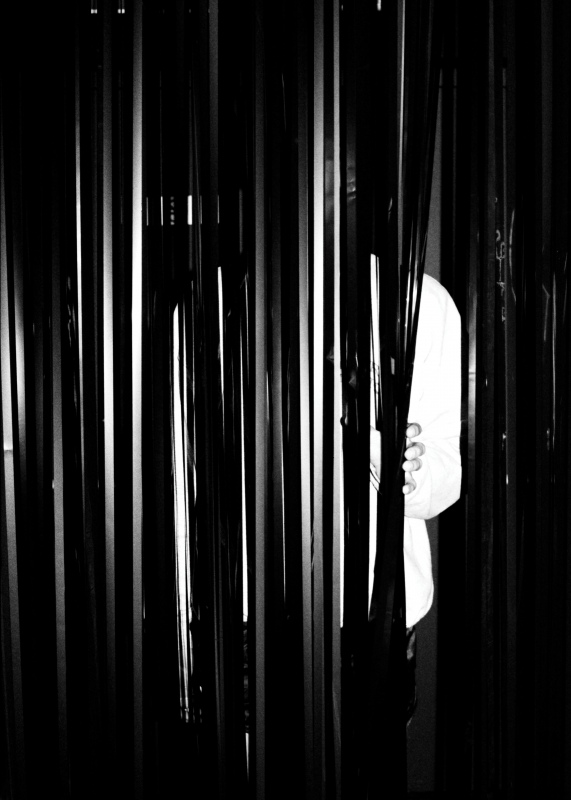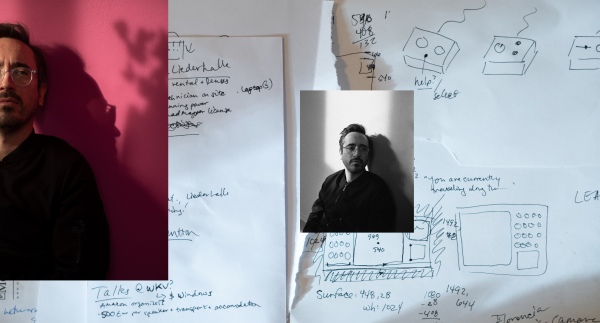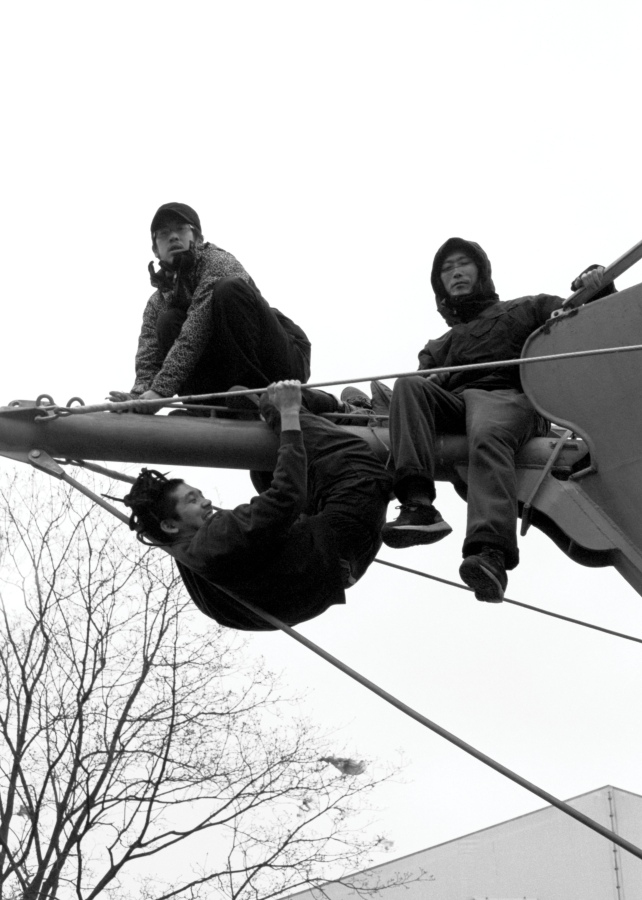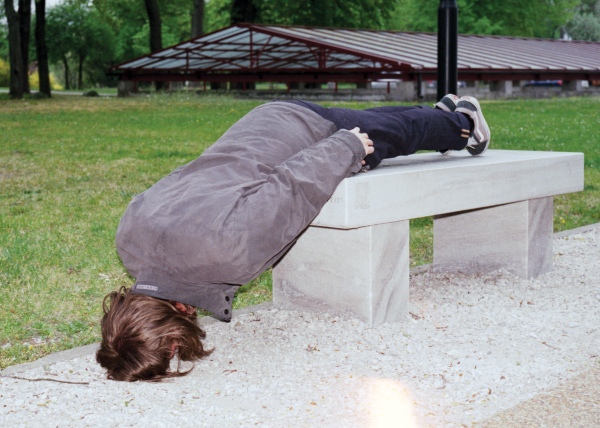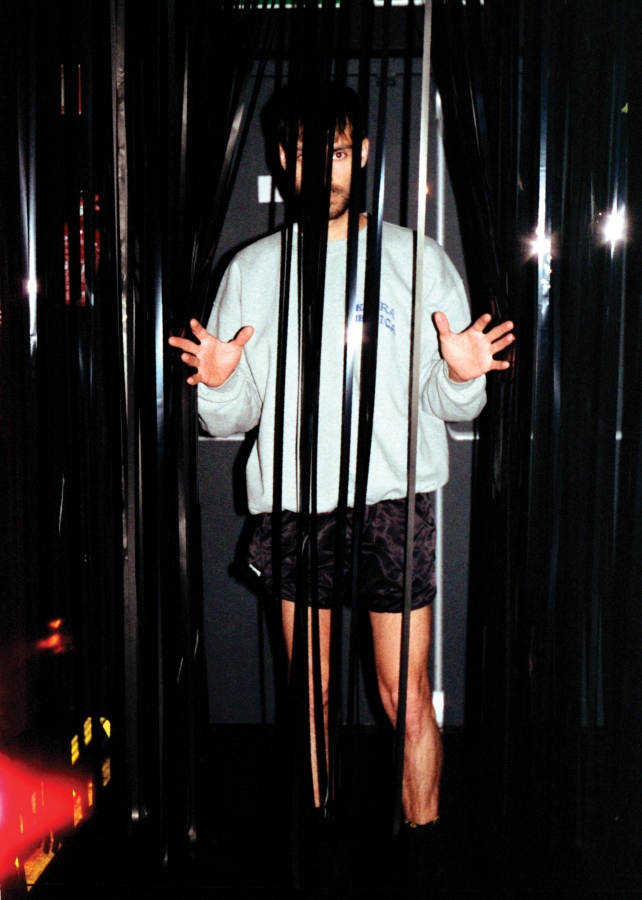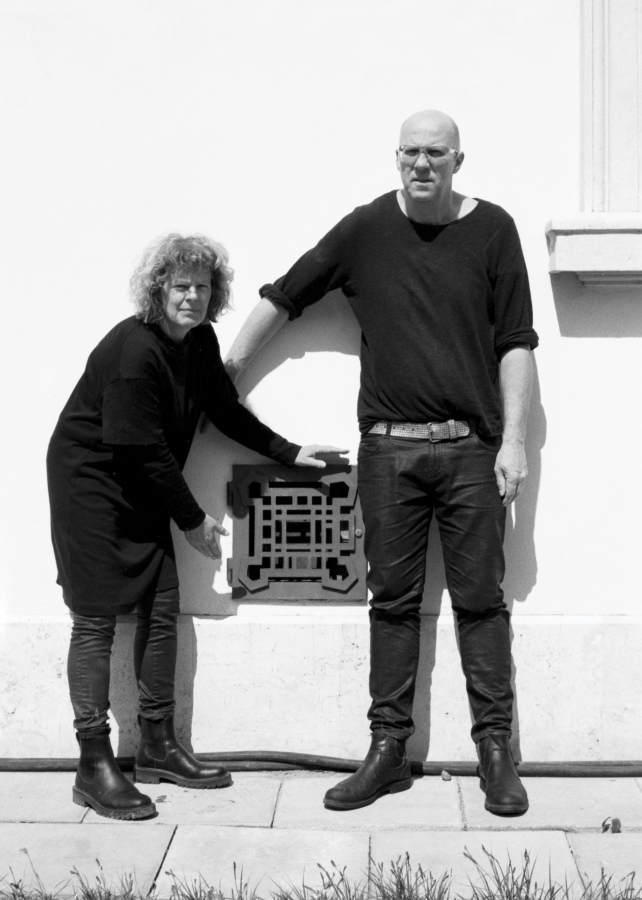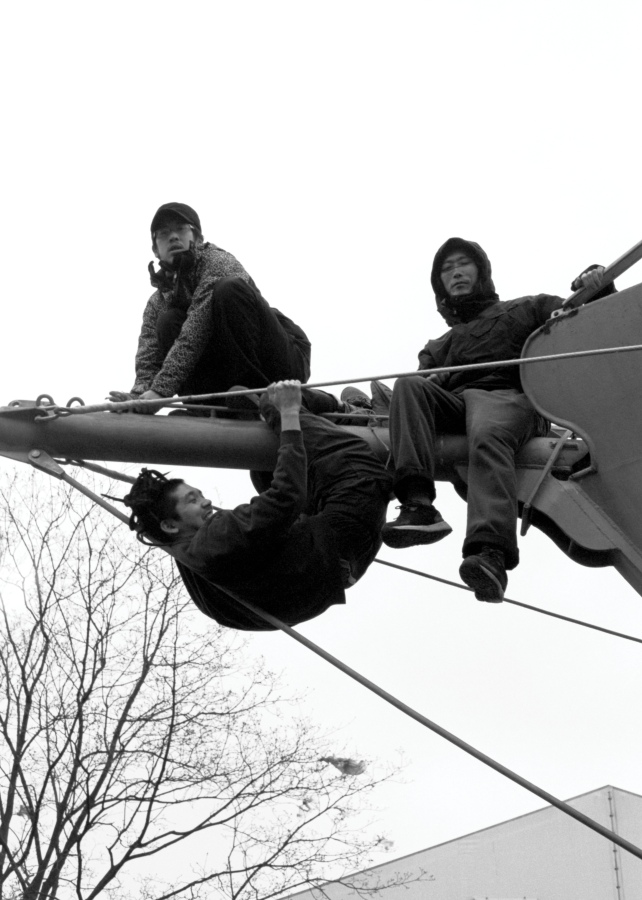Breath of resistance
Agnieszka Sural on performative residencies
For two nights the Ujazdowski Castle turned into an underground club for techno and rave music. In spring and again in late summer, dance events took place complete with DJ sets and performances, and with a poster sale and a fundraiser for the Campaign Against Homophobia. And it was all for a good reason; pro-queer and anti-fascist themes are vital for the whole project To Be Real, as part of which a temporary “club” was launched that signs up resident artists. This long-term project by two curators, Michał Grzegorzek and Mateusz Szymanówka, is an attempt to produce, within an institution, a space of community and freedom, particularly for members of socially excluded groups. For a couple of years now, thanks to its residency and performance programmes, the U–jazdowski has been a major bastion for Warsaw’s queer community: a safe place and a space of potential resistance. In 2018, as part of a year-long residency, the collective Kem ran the Dragana Bar here, and the Dutch duo Werker initiated the Queer 2 Peer Cine Club. Ujazdowski Castle Centre for Contemporary Art is showing what has so far not been found anywhere else. At a time when dance has become a key element of many protests and democratic movements around the world, echoes have also been felt here of the recent protest antifascist rave parties in Berlin, anti-hate discos in Poland, Vivienne Westwood dancing to ABBA, or online videos of dancing Iranian women.
During the first edition of To Be Real, organised by artist-in-residence Simon Asencio with choreographer Marta Ziółek and DJ Zoi Michailova, a temporary conspiracy was struck up between the invited artists and the dancing public. “To conspire means to breathe together” – in an interview featured in this publication, Simon Asencio quotes a message from an Andy Warhol poster as an inspiration for the night-long event. Conspiracy as a collective mental state. “When you conspire, you gain an awareness of the group you belong to and with whom you are plotting,” the artist explains. Taking place as part of the Antifascist Year, the project raises the possibility of enabling a “space for resistance and utopia.” Here, the dancefloor becomes such a space, and the collective choreography of resistance consists of individual dance activities, which, after Anka Herbut writing in Dwutygodnik, can be designated as “dance-ins,” similarly to “sits-ins” and “die-ins” – peaceful protests where people sit or lie down to occupy a place. But the project was also meant to provide reflection on institutional inclusivity and openness. How can you create a space for conversation for all, and one in which all create a space for conversation? “If to conspire is to share breath, how can we interpret the substance of a party as that communal breath?”
The notions of resistance and protest can also be expressed through self-organisation. Another resident, the Swiss artist and activist Marc Hunziker, brought to Warsaw his experience in staging music and charity events at Zurich squats. At university, he ran an informal bar, the Pool Bar, using the proceedings to fund a squat art space called Up State. He calls this strategy a parasitic form of self-organisation. “We rather used institutional frameworks to generate resources and then redistribute those into our network,” he says in the interview. For the second edition of To Be Real, Hunziker teamed up with artist Zuzanna Czebatul and the DJ collective Syntetyk to organise a party that raised funds for the Campaign Against Homophobia. Thus the situation of a dance event became an expression of support – a continuation of forms of participation existing since the 1970s – a safe haven for people from marginalised social groups. Hunziker is particularly interested in safe-space politics, the idea of raising collective awareness about the forms of discrimination that can occur at a party.
Self-organisation as a means of protest, community-building, and a shared experience are strategies that are also embraced by the collective hyslom. One of their first projects was about “field play” on a huge construction site somewhere in Japan. Ten years later, while on a residency at the U–jazdowski, Itaru Kato, Fuminori Hoshino, and Yuu Yoshida came forward to help build a boat, “Father Bogusław,” in Ursus near Warsaw. With no knowledge of Polish, they joined a group of homeless men from a local shelter who were then planning to sail it around the world. Their attitude and unselfish, “grassroots” work resulted in a proposition from the boat’s captain, who hired another boat and helped them organize a sailing trip to Gdańsk, and then to Copenhagen and back. The purpose of those voyages was to bring to Warsaw a stone – the main feature of hyslom’s exhibition at the U–jazdowski. Their practice is highly informed by the idea of travel, and everyone and everything they encounter while travelling – be it a man, a stone, or a bird – matters.
The collective Bik Van der Pol, invited on a residency to work with the U–jazdowski’s collection and archive – to also result in an exhibition – represents another example of artistic practice. What they share with this year’s other residents are place-specific practices, namely, working with the idea of collectivity, knowledge production and sharing. The Dutch artists explore the institution’s history and collections, evoking its founding myth and the heroic 1990s, and asking whether a collection can be used to build a community. Entrusting a cultural institution’s entire legacy to outsiders is also an example of openness and inclusivity. In the interview, the collective’s members, Liesbeth Bik and Jos van der Pol, talk about their experience and method of working with various international collections. Their practice drives what is currently most interesting about this institution.
The artists I have interviewed are based in Belgium, the Netherlands, Japan, and Switzerland. When I was editing the interviews, the media reported about the Lithuanian pavilion winning the main prize at the Venice Biennale – the victorious project was actually written while its author was on a residency at the U–jazdowski – but also about an impending ecological disaster. Various forecasts say we have nine, twelve, or thirty years left. We can dance or self-organise, protesting against the curtailment of civil liberties, intolerance, or ill-advised political decisions. And what can be your resistance to the only non-renewable resource – time? I asked each of the residents about the future, when the world as we know it may come to an end. What would they like to be doing then, where do they see themselves? The replies give us an idea about the cultural context they come from, but also about their vision of collectively generated processes and spaces of resistance.
- Text
- Agnieszka Sural
- Translated by
- Marcin Wawrzyńczak
